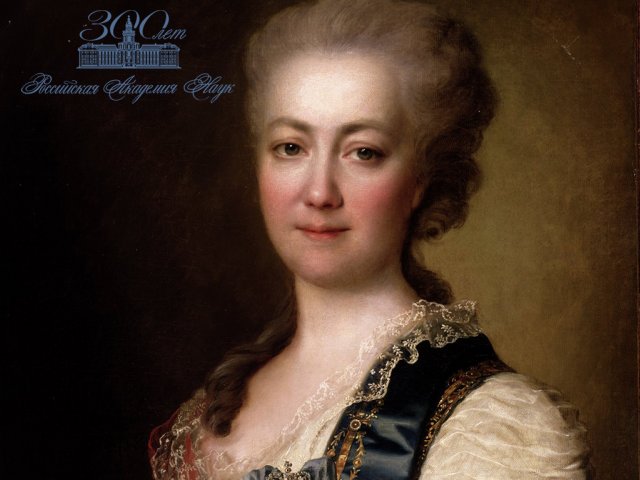Research into the solar system began in the 17th century. But even today, scientists continue to discover new space objects and expand our ideas about the extraordinary power of the space. . What does the Solar System consist of? Who was the first to discover the ninth planet and what happened during the search for it? We will elucidate this in this paper.
How does everything stack up?
The Solar System arose due to the gravitational compression of a gas-dust cloud about 4.57 billion years ago. It consists of natural space objects rotating around the center, the Sun. The Sun is a star of the main sequence of G2V spectral class, a yellow dwarf.
The weight of the system is ca. 1.0014 M☉, the Sun being the heaviest object. As it concentrates the bulk of mass of the system (about 99.866%), it plays an important role. With its gravitation, the star tethers planets and other celestial bodies.
Planets and the majority of other space objects orbit the Sun as they rotate in the same direction with the star. Looking from the Sun’s north pole, the motion can be considered counterclockwise. Halley’s comet is an exception.
Another two exceptions include Venus and Uranus. The latter rotates virtually “lying on its side.” The inclination of its axis is about 90°.
The “fastest” planet is Mercury. In just 88 days, it completes a circle around the Sun. For comparison, Neptune does this in 165 Earth years.
The rotational motion of planets observes a certain rule. The orbits of objects around the Sun are described by Kepler’s laws. These laws posit that every object completes an ellipse with the Sun being one of its foci. Objects closer to the Sun have higher angular velocities meaning that their orbiting period (the year) is shorter.
In an elliptical orbit, the distance between an object and the Sun varies throughout the year. The closest point of the object’s orbit is known as the perihelion, and the most remote one is known as the aphelion. Objects move faster as they pass through perihelion and slow down the most in aphelion. Most planetary orbits approximate circular form, but this is far from being the rule. For instance, comets, asteroids and objects in the Kuiper belt have pronouncedly elongated elliptical orbits.
Being parts of the huge solar system, most of the planets have their own subordinate systems. Many are surrounded by satellites, some of them even larger than Mercury.
Astronomical chronology
Studies of the Solar System proceeded gradually. Step by step, new planets appeared on the space map. Everything began in 1610. Back then, Galileo discovered Jupiter’s 4 largest satellites with his telescope. The discovery lent credence to the validity of the heliocentric system.
Later, in 1665 Christiaan Huygens discovered Titan, Saturn’s largest moon. Four more satellites of the latter planet had been discovered by Cassini before the close of the 17th century.
The 18th century marks an important astronomical event – the discovery of Uranus using a telescope. The discoverer was J. Herschel who went to discover two of Uranus’ moons and two more satellites of Saturn.
A remarkable milestone of early 19th century was the discovery of the first star-like object – the asteroid Ceres. Almost a hundred years later, in 2006, its classification was upgraded to a dwarf planet. In mid-19th century, in 1846, the eighth planet, Neptune, made its appearance on the map of the Solar System. Its existence had been initially predicted theoretically before the planet was discovered with a telescope by two astronomers, independently of each other, in England and France.
In 1930, the American scientist Clyde Tombaugh discovered Pluto, which became the ninth planet. The planet got its name from an ancient Roman god. In 2006, Pluto became “demoted” to a dwarf planet.
Further opening of the Solar System’s secrets occurred with the discovery of satellites. In the second half of the 20th century, astronomers discovered many large and very small satellites of Jupiter, Saturn, Uranus, Neptune and Pluto.
At the turn of the 21st century, scientists discovered a number of small bodies They include dwarf planets, plutinos, as well as satellites of some of those and satellites of giant planets.
An Ever-Expanding Frontier
Scientists believe it is likely that hundreds of smaller celestial bodies are circling the outskirts of the Solar System. Perhaps even a few Earth-sized frozen planets could be there. Experts believe that our views concerning the number of planets of the Solar System can be questioned. There could be hundreds and thousands of cosmic objects nearby, all of which are currently in a frozen state.
For example, several new planets became known last year. According to The Astrophysical Journal Supplement Series, they were discovered at the outskirts of the solar system by accident – during a search for a hypothetical ninth planet away from the Sun.
Using a novel technique, astronomers recorded 316 trans-Neptunian objects (TNOs). Of these, 139 have been discovered for the first time. It is assumed that these are small planets. Most of the celestial bodies are several times further away than Pluto, and seven of them are altogether located on the extreme periphery. Most likely these are the most distant objects of the Solar System.
Trans-Neptunian objects have been cataloged and published in The Astrophysical Journal Supplement Series. Astronomers believe that the discovery of another 500 trans-Neptunian objects in the “backyard” of the Solar System lies ahead. Perhaps the mysterious ninth planet will be among them. The latter has no official name, nor any proof of its existence. Owing to the object’s diameter which is two to four times greater than that of the Earth, scientists have alternatively named it Phattie (a pun on “Fatty”), George or Jehoshaphat.
Space is great and mysterious. New projects, major discoveries and breakthrough astronomical events lie ahead. By the way, one of them will happen very soon. The Russian project Luna-25 is about to begin its mission.
Photo on the homepage and on the page: Greg Rakozy / Photo bank Unsplash






















